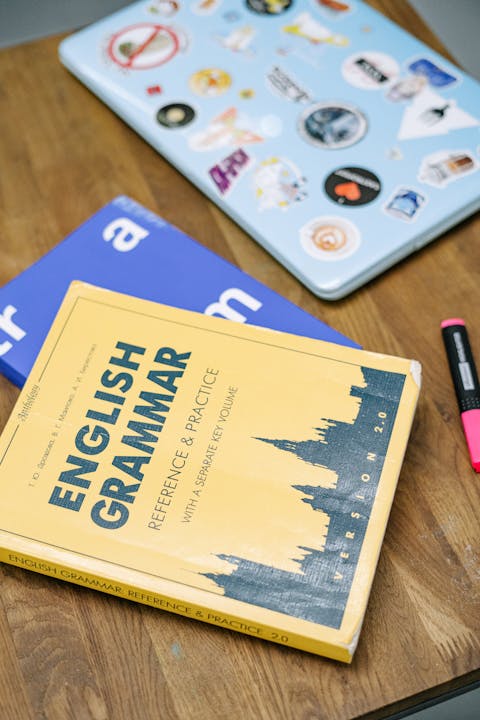On Hold Message for Multilingual Audiences

An effective on hold message strategy not only enhances customer experience but also demonstrates respect and inclusivity.
Here’s how to craft an on hold message that resonates with multilingual audiences and a brief overview of popular languages and their regions.
Crafting Effective Multilingual Hold Messages
Identify Your Audience:
Start by analyzing your customer base to determine which languages are most commonly spoken. This data can guide you in selecting the most relevant languages for your voice greeting messages.
Professional Translation:
Utilize professional translation services to ensure accuracy and cultural appropriateness. Avoid relying on automated translation tools as they might not capture nuances or idiomatic expressions correctly.
Voice Talent:
Employ native voice over artists for voice recordings. Native voice talents not only pronounce words correctly but also convey the right tone and emotion, enhancing the listener's experience.

Cultural Sensitivity:
Be mindful of cultural differences in your messaging. What’s humorous or appealing in one culture might not be well-received in another. Ensure your content is respectful and relevant to each linguistic group.
Clear and Concise Information:
Keep messages clear and to the point. Avoid lengthy explanations that can frustrate callers. Ensure the information provided is relevant and helpful.
Regular Updates:
Regularly update your voice greeting messages to reflect any changes in services, promotions, or business operations. This ensures that the information remains current and useful for all callers.
Feedback Mechanism:
Consider implementing a feedback mechanism to gather insights from your multilingual customers. This can help you make improvements based on their experiences and preferences.
Popular Languages and Their Regions
English:
Regions: Widely spoken across the globe, especially in North America (United States, Canada), the United Kingdom, Australia, and parts of Africa and the Caribbean.
Description: English is a global lingua franca, used in international business, diplomacy, and popular culture. Its widespread use makes it a critical language for voice greeting messages in many countries.

Mandarin Chinese:
Regions: Predominantly spoken in China, Taiwan, and Singapore.
Description: Mandarin is the most spoken language in the world by number of native speakers. It is essential for businesses engaged with markets in China and other Mandarin-speaking regions.
Spanish:
Regions: Widely spoken in Spain, most of Latin America (including Mexico, Argentina, Colombia), and increasingly in the United States.
Description: Spanish is the second most spoken language by native speakers globally. It is crucial for businesses operating in Spanish-speaking countries and regions.
French:
Regions: Spoken in France, parts of Canada (Quebec), Belgium, Switzerland, and various countries in Africa (e.g., Democratic Republic of Congo, Ivory Coast).
Description: French is a key language in international diplomacy and culture. Its influence spans across multiple continents, making it an important language for global business communication.
German:
Regions: Primarily spoken in Germany, Austria, Switzerland, and parts of Luxembourg and Belgium.
Description: German is a major language in Europe, particularly in business and engineering sectors. It is vital for companies engaged with the German-speaking market.

Portuguese:
Regions: Spoken in Portugal, Brazil, Mozambique, Angola, and parts of East Timor and Guinea-Bissau.
Description: Portuguese is significant in both European and South American contexts, especially in Brazil, which is a major emerging market.
Arabic:
Regions: Widely spoken across the Middle East and North Africa, including countries such as Saudi Arabia, Egypt, the United Arab Emirates, and Morocco.
Description: Arabic is a diverse language with many dialects. It is important for businesses operating in the Arab world and engaging with Arabic-speaking customers.
Creating an on hold message strategy for multilingual audiences involves thoughtful planning and execution.
By focusing on accurate translations, cultural sensitivity, and relevant content, businesses can enhance customer satisfaction and foster a positive brand image across diverse linguistic groups.
Related Posts

All About Virtual Learning
Since the advent of the internet, people everywhere have discovered the world of virtual learning. No longer are you required to get out of bed every day and attend or teach courses on the schedule someone else has designed. Instead, you can learn or teach virtually from the comfort of your own home.

The Top 18 Things to Avoid When Writing Your IVR Scripts
Considering the call volume many companies deal with, automated answering systems and IVR prompts are a necessity for helping to manage staffing needs and satisfaction rates. Here are some things you should avoid when writing your IVR scripts.

On Hold Message Script Writing 101: Engage, Inform, and Retain Your Callers
In today’s fast-paced world, every interaction with your customers counts. When customers are placed on hold, this moment should not be seen as a downtime but as an opportunity to engage and inform. Crafting the perfect on hold message script can turn potential frustration into a positive experience.




